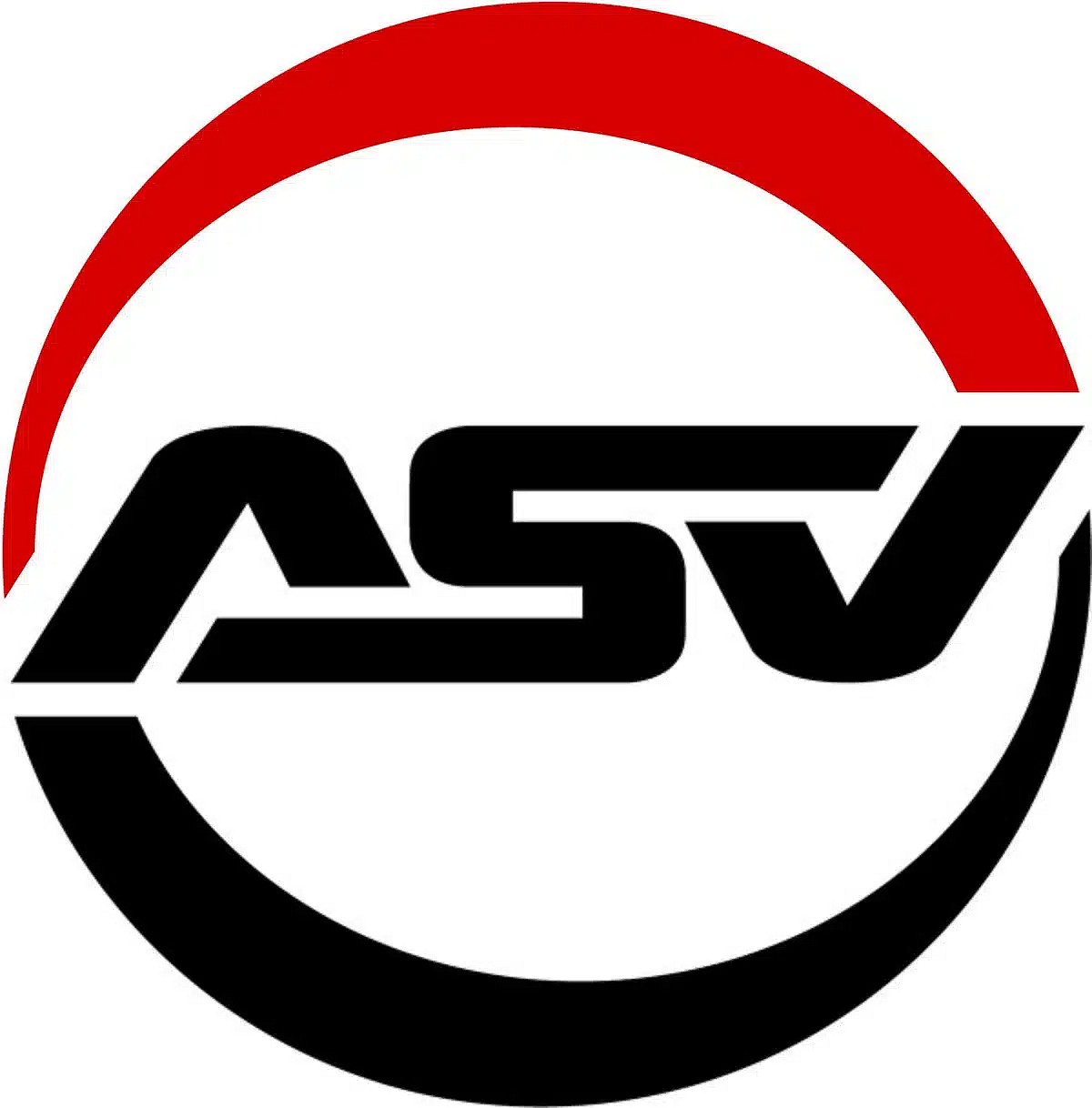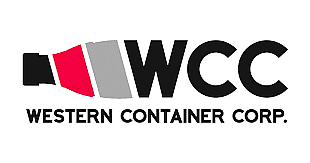How Electrical Engineering Practices Have Evolved
Electrical engineering is an enormous part of the modern world. It gives us many excellent inventions, including radios, television, smartphones, GPS, and wearable technologies. Moreover, the concept of electrical engineering has made electricity an integral aspect of our everyday lives.
Electrical engineering pioneered some of the most critical technology in history. As a result, electrical engineering continues to evolve in its practices and standards. Join us on a journey through the evolution of electrical engineering. Discover how this sector became the innovative powerhouse it is today.
A New Age Births Electric Engineers
Some make the mistake of thinking electrical engineering is still a relatively new concept. This is understandable. After all, we typically only hear about this branch of the STEM sector when cutting-edge technologies of the modern age are being discussed. But in reality, electrical engineering has roots dating back to the 1800s.
During this 19th century, physicists, mathematicians, and brilliant inventors were busy laying the foundation for future generations. But this form of engineering wasn’t instantaneously the all-important vocation it is now. There were very few resources available to those interested in pursuing electrical engineering.
It was even more challenging to get formal education and training. It wasn’t until after the Industrial Revolution, when the need for electrical engineers and technicians rose drastically, that institutions even considered creating formal electric engineering standards and practices.
The Demand for Electric Engineering and the Industrial Revolution
Luckily, advancements in technology continued to explode. With that, the need for electrical engineers became increasingly apparent. This rise in demand eventually led to a significant turning point in the world of electrical engineering. In September 1882, Thomas Edison established the United State’s first commercial power plant.
This was a huge milestone. It indicated electricity’s growth at the time. Moreover, it signaled that future societies would be reliant on electricity-based applications. In short, Edison’s opening of this power plant was the start of something beautiful for electrical engineering as a standardized practice.
Establishing Electrical Engineering as an Area of Study
Edison’s power plant sparked real advancements in electrical engineering. For the first time since electrical engineering’s conception, society began to recognize the importance of this crucial field. As a result, higher education institutions like MIT started to see the value in setting a precedence for educational standards and best practices.
So much so that just a few months after Edison opened his power plant, Charles Cross—department chair of MIT’s physics program—started creating a formal coursework for the study of electrical engineering. From this point onward, electrical engineering would continue advancing and gain traction as one of the most important disciplines of the modern age.
A Beautiful Spectrum of Standard Developments
Indeed, the world began taking a more vested interest in electrical engineering. This ignited a need to standardize and regulate the industry for safety and quality assurance.
As a result, engineers established the beautiful spectrum of standard developments and the original AIEE technical committees. These committees were varied, wide-ranging, and included the:
- Electric Machinery Committee
- Lighting Committee
- Energy Storage Committee
- Instruments and Measurements Committee
As electrical engineering practices continued to evolve, these committees transformed to meet the needs of the times. Eventually, engineers developed the committees, standards, and practices we know today. Standards committees of past and present ensure that electrical engineers have everything they need to do their jobs properly.
Further, they ensure that engineers in the field use best practices to keep themselves and the people around them safe. As a result, the brilliant minds behind this sect of the engineering world have been able to continue pioneering incredible applications for electricity.
Electrical Engineering in the World Wars
Once Edison, MIT, and the beautiful spectrum of committees were established, electrical engineers were free to pursue a formal career innovating and creating exciting new applications for electricity.
Believe it or not, World War I and World War II served as fertile ground for some of the most impressive field applications electrical engineering saw in the 20th century.
During these periods, brilliant engineers gave birth to such impressive inventions as the precision radar and guided missiles.
But with these inventions came the realization that electrical engineering practices needed to evolve again. More specifically, institutions of higher learning acknowledged that they must focus on the fundamentals that could promote more advancements in areas like manufacturing.
As a result, curricula that studied surveying were deemed unnecessary and replaced by coursework that revolved around building blocks like physics and mathematics.
Electric Engineering as a Practice
As electrical engineering continued to advance, it created incredible technology and uncovered new uses for electricity. As this happened, it becoming an electrical engineer became a formal, standardized practice. As it is now, it takes years for an engineer to gain the qualifications needed for electrical engineering.
But it remains one of the most innovative and incredible vocations on the planet. Moreover, electrical engineering continues to evolve in its practices and standards, making it a unique and ever-changing beast.
The Modern World of Electrical Engineering
So what exactly do electrical engineering practices look like today? As you can probably imagine, we’ve come a long way since the 1800s. There are standards and best practices to cover pretty much every corner of the electrical engineering world.
Modern committees regularly update their standards, regulations, and rules. Certifications, training, and a formal education are required if one hopes to pursue a career in electrical engineering. And—of course—there are high-quality electrical engineering companies like ours in operation all over the world.
These companies—and the brilliant minds behind them—are responsible for perfecting the electricity applications we already have in place. Most of these applications are pretty familiar. For example, many of your favorite gadgets are a product of excellent electrical engineering. In any case, the electrical engineering industry has worked tirelessly to help us find new and exciting ways to use electricity to our advantage. There’s no doubt that it will continue to do so.
Hopefully, we were able to shed some light on the practices that make it possible for these engineers to continue evolving and providing innovations that make the world a better place.













































